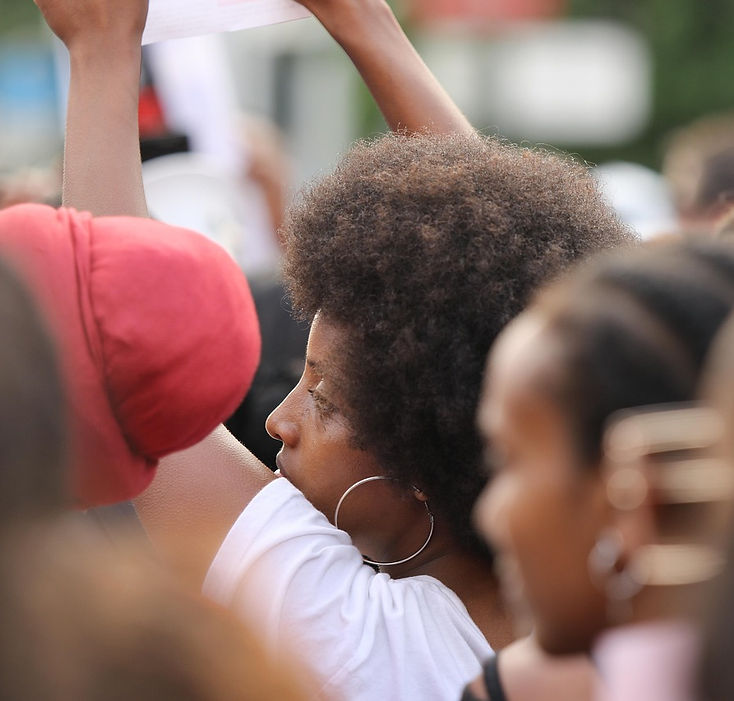
"Battlefields of History"
Public history involves professionally researching, writing, and presenting historical narratives to the public, often through government-related work. It differs from academic history by emphasizing collaboration and community engagement. Disagreements exist about its definition, especially regarding layperson involvement. Lisa Simpson's portrayal as a public historian is simplistic, while public historians aim for rigorous accuracy. Collaborative practice differentiates public history from traditional history by involving diverse stakeholders. The National Council on Public History (NCPH) supports public historians through conferences and publications. Challenges in the field include navigating political influences and maintaining standards.

The Public Historian
James B. Gardner argues for a new, well-publicized, authoritative, and popular history to engage the masses, especially in museums and historic homes. He criticizes the current focus on 'founders chic' narratives and calls for a broader story about the United States and the world. Gardner highlights the dichotomy between popular perception and the science of history, emphasizing the need for historians to leverage technology and collaborate to present a more inclusive and engaging history.

Changing World, Evolving Value: A Historic Preservation Roadmap Toward 2050
Architect Carl Elefante emphasizes the importance of carbon-neutral upgrades to historic sites to mitigate climate change. Buildings consume a significant portion of energy and resources and produce substantial carbon-dioxide emissions. Preserving and adapting mid-twentieth-century buildings can help meet climate targets. Active efforts by historical preservationists, such as supporting groups like Architecture 2030, aim to reduce carbon emissions and promote sustainable design.

Fort Vancouver National Historic Site
Fort Vancouver National Historic Site (NHS) in Vancouver, Washington, is one of the few urban Historic Sites in the U.S., highlighting the diverse cast of people who lived and worked there in the 18th century. It was a thriving business hub for fur trappers and included tribal groups, Hawaiians, French, and other nationals. The NHS incorporates updated history, emphasizing the stories and contributions of Indigenous peoples.